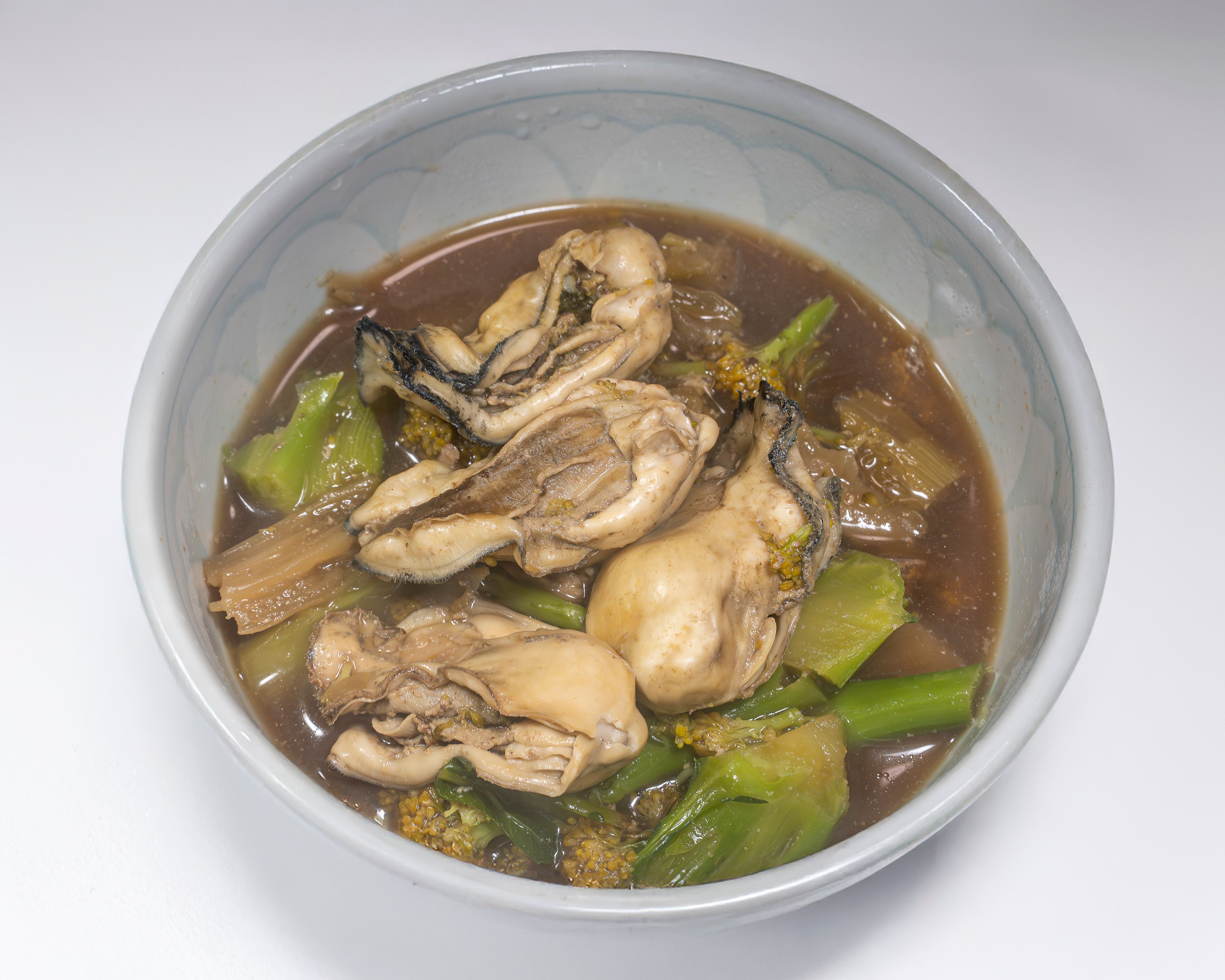Exploring Global Flavors: Umami to Saffron
Discovering the Essence of Umami
Umami, often described as the fifth taste, is a savory flavor profile that elevates dishes to new heights. Originating from Japan, this taste is all about depth and richness, commonly found in ingredients like soy sauce, miso, and seaweed. The word "umami" itself translates to "pleasant savory taste," reflecting its role in enhancing the overall dining experience.
Incorporating umami into your cooking is simpler than it seems. You can start by using ingredients like mushrooms, tomatoes, and cheese. These foods naturally contain glutamates, the compounds responsible for the umami taste. When combined with other basic tastes like sweet, salty, sour, and bitter, umami creates a harmonious balance that can turn a simple meal into a gourmet delight.

Umami in Global Cuisines
While umami has its roots in Japan, it is prevalent in various global cuisines. In Italian cooking, Parmigiano-Reggiano cheese and ripe tomatoes are prime examples of umami-rich ingredients. Chinese cuisine often features fermented products like soy sauce and black bean paste, both bursting with umami flavor.
The beauty of umami lies in its versatility. It can be exploited to enhance a diverse array of dishes from different culinary traditions. Whether it's the use of anchovies in Mediterranean cuisine or fish sauce in Thai dishes, the depth that umami provides is unparalleled.
The Allure of Saffron
Saffron, often hailed as the king of spices, is known for its vibrant color and unique flavor. This precious spice comes from the stigmas of the Crocus sativus flower and requires meticulous hand-harvesting, making it one of the most expensive spices in the world.
The flavor profile of saffron is delicate yet pronounced, with a slightly sweet and earthy taste accompanied by floral notes. Its ability to impart a golden hue and subtle aroma makes it an essential ingredient in dishes such as Spanish paella, Indian biryani, and Persian tahdig.
Cooking with Saffron
When using saffron in your cooking, it's important to remember that a little goes a long way. To extract the maximum flavor and color from this spice, it's often recommended to steep it in warm water or milk before adding it to your dish. This technique allows the saffron threads to release their full potential into your culinary creations.
Saffron pairs beautifully with a variety of ingredients. From seafood to grains and even desserts, its unique characteristics can elevate the simplest recipes. Consider using saffron in your next risotto or infusing it into creams and custards for a luxurious twist.

Bringing Global Flavors to Your Kitchen
Exploring global flavors like umami and saffron can transform your culinary repertoire. By understanding and incorporating these flavors into your cooking, you open up a world of possibilities that can delight your taste buds and impress your guests.
Whether you're an adventurous home cook or a seasoned chef, experimenting with these flavors can lead to exciting new dishes and unforgettable dining experiences. So next time you're in the kitchen, consider reaching for ingredients that bring umami or saffron to the table.
In conclusion, the journey from umami to saffron is one filled with discovery and creativity. Embrace these global flavors and let them inspire you to create meals that are as delicious as they are diverse.
